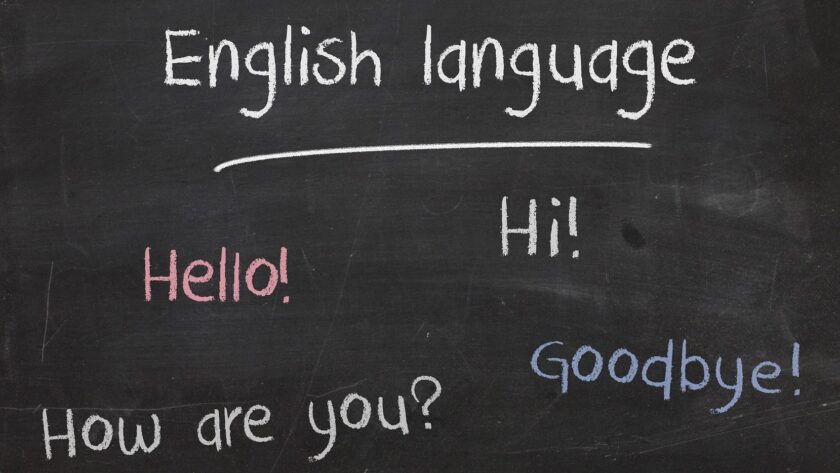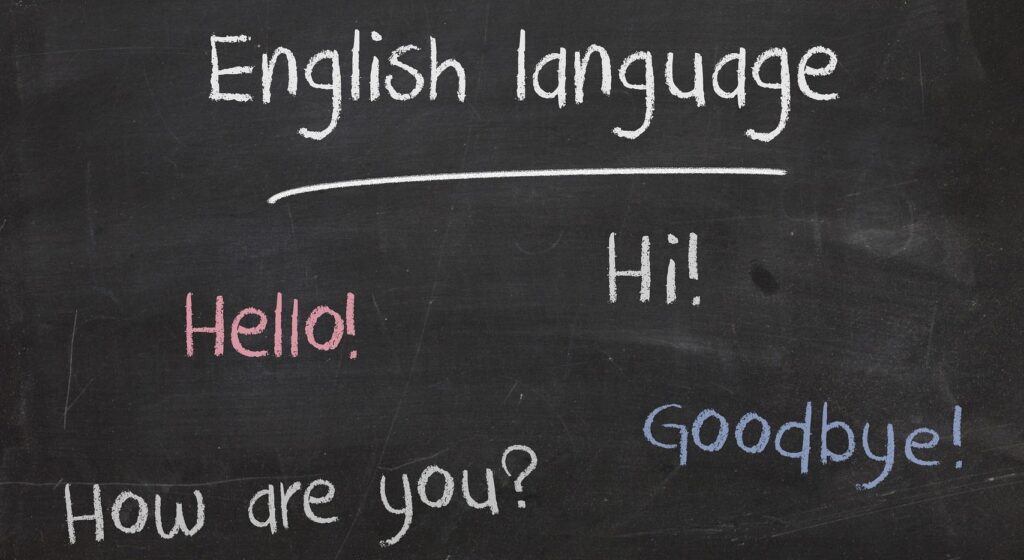
Warning: Based on the topic, you are probably going to be very aware of every single “that” used in this post. Please keep in mind there’s a difference between a novel/novella/short story and an article/blog/personal musings. I’m going to utilize “that” wherever necessary.
This is the first in a multi-part series of Motley Writers Guild posts specifically about the craft of writing, on a basic level. It’s intended to help you become a better writer overall, as well as provide you with something to refer back to whenever you need some guidance.
*Bear in mind that these are only suggestions; merely “guidelines” (writers, like pirates, love “guidelines” instead of “rules”).
Sometimes your writing is going to need to break the guidelines. And that’s fine! Do it! But first, it’s good to know what they are and how to use them to take your writing to the next level.
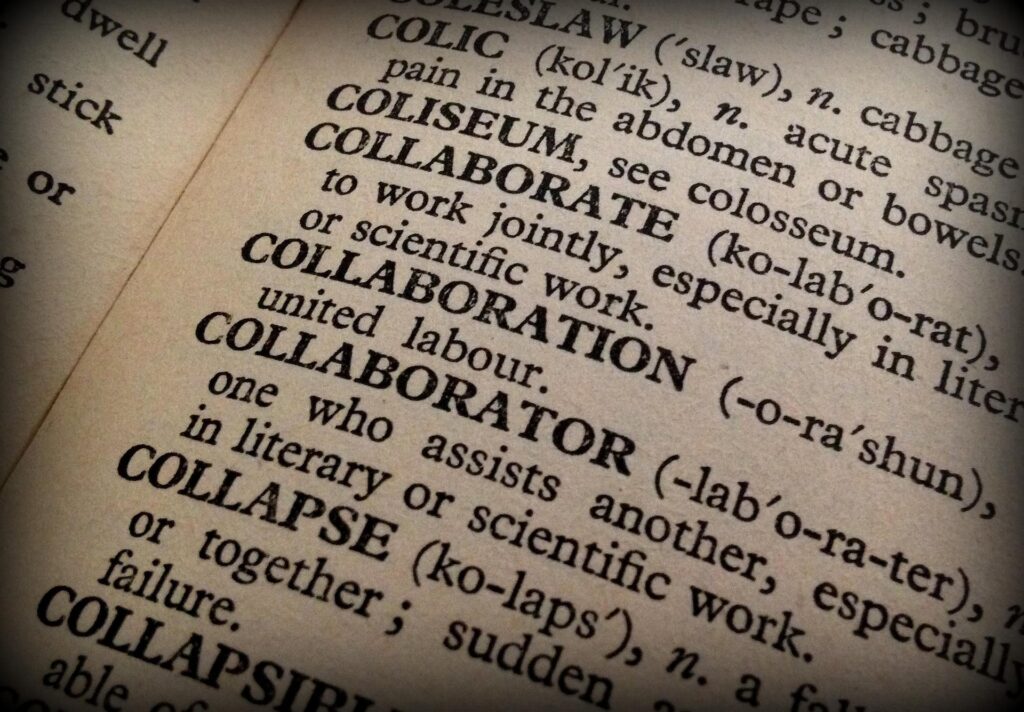
To launch our new critiquing Services, we offered a promotion and did a Motley Writers Guild Critique Blitz in February. We had the pleasure of offering free beta reads/critiques on the first 1000 words of various works. Writers submitted their chapter(s) to us and we tore into them like hungry hungry hippos nibbling after tiny colored balls of brilliance. Each writer’s work was unique and interesting in its own way. Each had their own level of skill and varied grasp of the necessities of writing. Some had voice and style to spare, while others may have been still trying to find theirs. Yet all of them got 3 – 5 critiques from guild members, and in the end we’d been lucky enough to enjoy 13 amazing pieces from various writers.
There were some common grammatical and structural areas in need of improvement running through quite a few of the stories. I’ll go into detail on more of them in future blog posts, but for the first in this series I’m going to address the issue I feel may be the easiest to fix. This is also something I’ve noticed in my long years as a beta reader/critiquer, and something which I’ve pointed out to the individual authors of the Critique Blitz too…
It’s the repetitive use of “that” in creative writing.

Now, of course it’s an accepted part of writing to utilize “that”, but it can also become a crutch when over-used or placed in the wrong spots. As a result, the use of “that” is a hotly contested subject in the writing world.
- Some people say you should delete every “that” in your manuscript.
- Others feel it should be kept when necessary (I share that opinion).
- Others over-use it and think that’s fine (to each their own).
Even I’m guilty of over “that”ing my stories, and I often have to go back through and edit them out or reword sentences entirely. My first drafts are riddled with “that”s every few paragraphs, sometimes multiple in a single, larger paragraph.
Word usage in creative writing is very important!
Every time you use a word repeatedly you run the risk of drawing attention to it. Some words are the backbone of most languages (such as definite and indefinite articles “the”, “an”, “a”, etc.) and will usually blend into the background of a sentence. They aren’t even noticed by a reader, unless they don’t belong in that sentence or that place in the sentence. Some, such as certain adjectives and adverbs, can flow beautifully in a sentence, even when used incorrectly. When it comes to using “that” in creative writing, it can be utilized well and won’t be noticed at all, or it could be utilized incorrectly or over-used and begin to stick out to the reader and become more glaringly obvious with each passing page.

The “that” I am referring to is in the form of using it as a relative pronoun or a clause.
The Cambridge Dictionary describes this better than I can…
When it comes to “that” as a relative pronoun:
“We use that to introduce defining relative clauses. We can use that instead of who, whom or which to refer to people, animals and things. That is more informal than who or which”.
For example:
- He picked up the jacket that he had hung on the hook.
- She had been a part of an initiative that provided thousands of pounds of glitter to drag queens all over the country.
When it comes to “that” as a clause:
“We also use that to introduce that-clauses after some verbs, adjectives and nouns:”
For example:
- I admit that I ate all the cake. (verb + that-clause)
- How can you be sure that the writer has eaten all the cake? (adjective + that-clause)
- The amount of cake that Em can eat is proof that humans are capable of anything. (noun + that-clause)
When used normally, “that” is a natural part of a sentence, and nothing to be concerned about. But in creative writing it is frequently utilized improperly in the form of unnecessary relative pronouns and that-clauses. Word usage can be very important for this exact reason.
This is one of the quickest and easiest ways to clean up your writing all on your own.
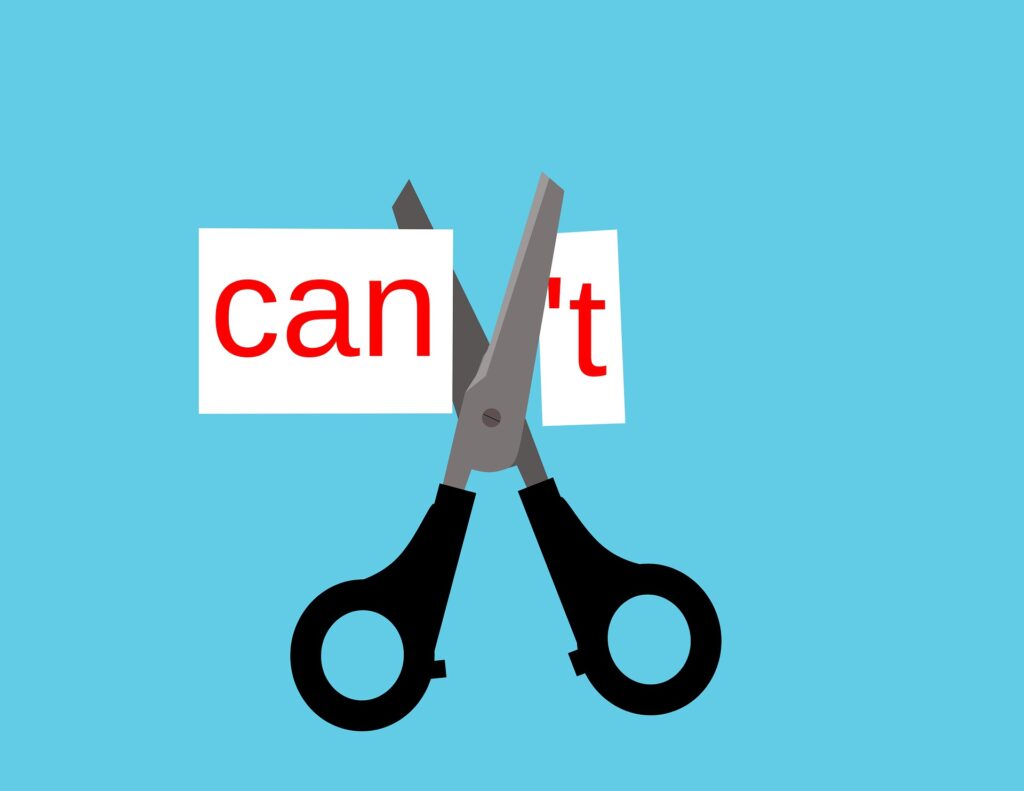
Let’s look at all those previous examples…
- He picked up the jacket that he had hung on the hook.
- She had been a part of an initiative that provided thousands of pounds of glitter to drag queens all over the country.
- I admit that I ate all the cake.
- How can you be sure that the writer has eaten all the cake?
- The amount of cake that Em can eat is proof that humans are capable of anything.
Now, let’s take all the unnecessary “that”s out of the sentences and see how they sound…
- He picked up the jacket he had hung on the hook.
- She had been a part of an initiative which provided thousands of pounds of glitter to drag queens all over the country.
- I admit, I ate all the cake.
- How can you be sure the writer has eaten all the cake?
- The amount of cake Em can eat is proof humans are capable of anything.
There’s one of them that clearly needs its “that” to stay.
Number 2 reads much better as “part of an initiative that provided…”, so the “that” should stay.
Number 1 could possibly keep its “that”, if there aren’t too many in the surrounding sentences/paragraphs. It could also be reworded to flow a bit better, such as: “He picked up the jacket off the hook.”
The other examples clearly don’t need their “that”s, and would do well to have them removed altogether.

I recommend you consider my loosy-goosy guidelines for repetitive use of any words which might stick out to your reader:
Utilize that word 1 – 2 times per page, if necessary.
Cut it down to once every few pages if you can.
If you absolutely must use the same word on the same page, break it up by at least 2 – 3 paragraphs.
And the golden rule:
It’s always better to leave a “that” in if you’re unsure about it, rather than omit it.
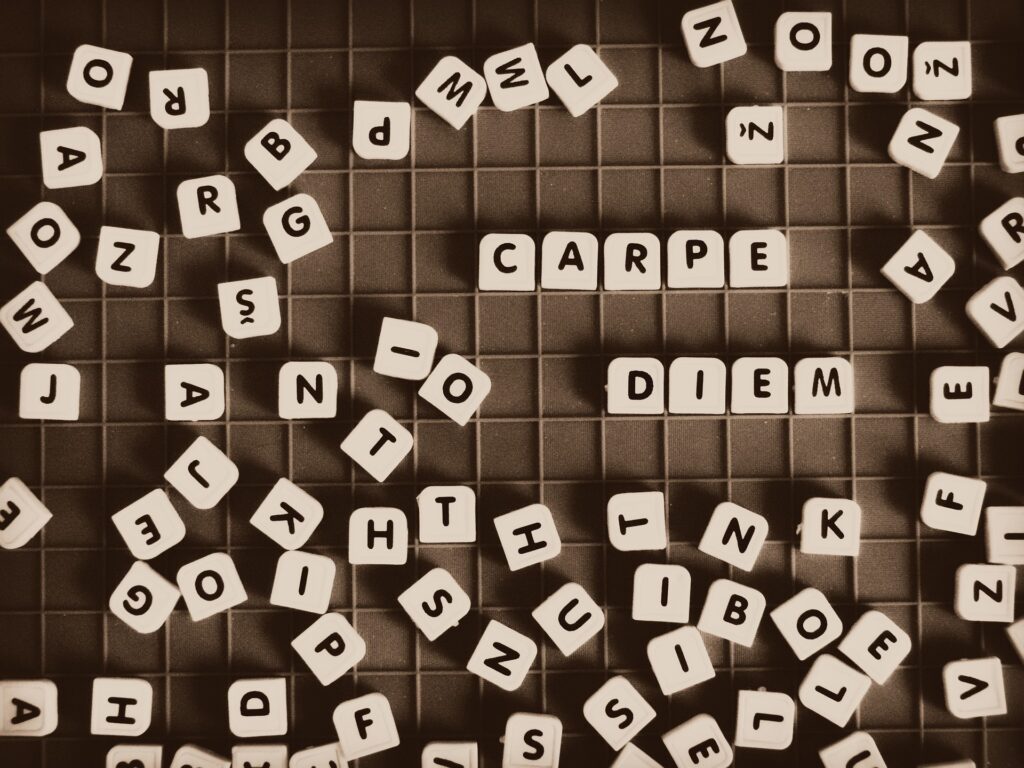
Remember…
Every writer’s journey is their own, so take whichever path you want. You’re going to find what works for you, and as long as you are executing your choices well, it won’t matter even if you’re taking the unconventional path.
Perhaps your novel is paved in “that”s and you like it that way? Best of luck to you!
Perhaps your novel uses “that” sparingly? Best of luck to you!
Perhaps you have found the perfect number of “that”s and you only use it when necessary because you have mastered the English language? Best of luck to you!
We at the Motley Writers Guild want to see you be the best writer you can be! Stay tuned for more in this series on the basic craft of writing.

What are your thoughts on the use of “that” in creative writing? Leave a comment on this blog post. We love hearing from you!
The Motley Writers Guild’s – Em Van Moore
If you enjoyed this post, please subscribe to The Motley Writers Guild for notice of new blog posts and writerly news, as well as promotions and unique content only available to our valued subscribers!

Want to hire a Motley Writers Guild member?
We are now offering Services. Our members have an array of styles and wealth of knowledge gained from years writing, reading, and critiquing. You can hire us as Beta Readers or Critiquers! Check out the Testimonials on the bottom of the Services page, and see which member is available by clicking on the “Get a Personalized Quote!” buttons.
